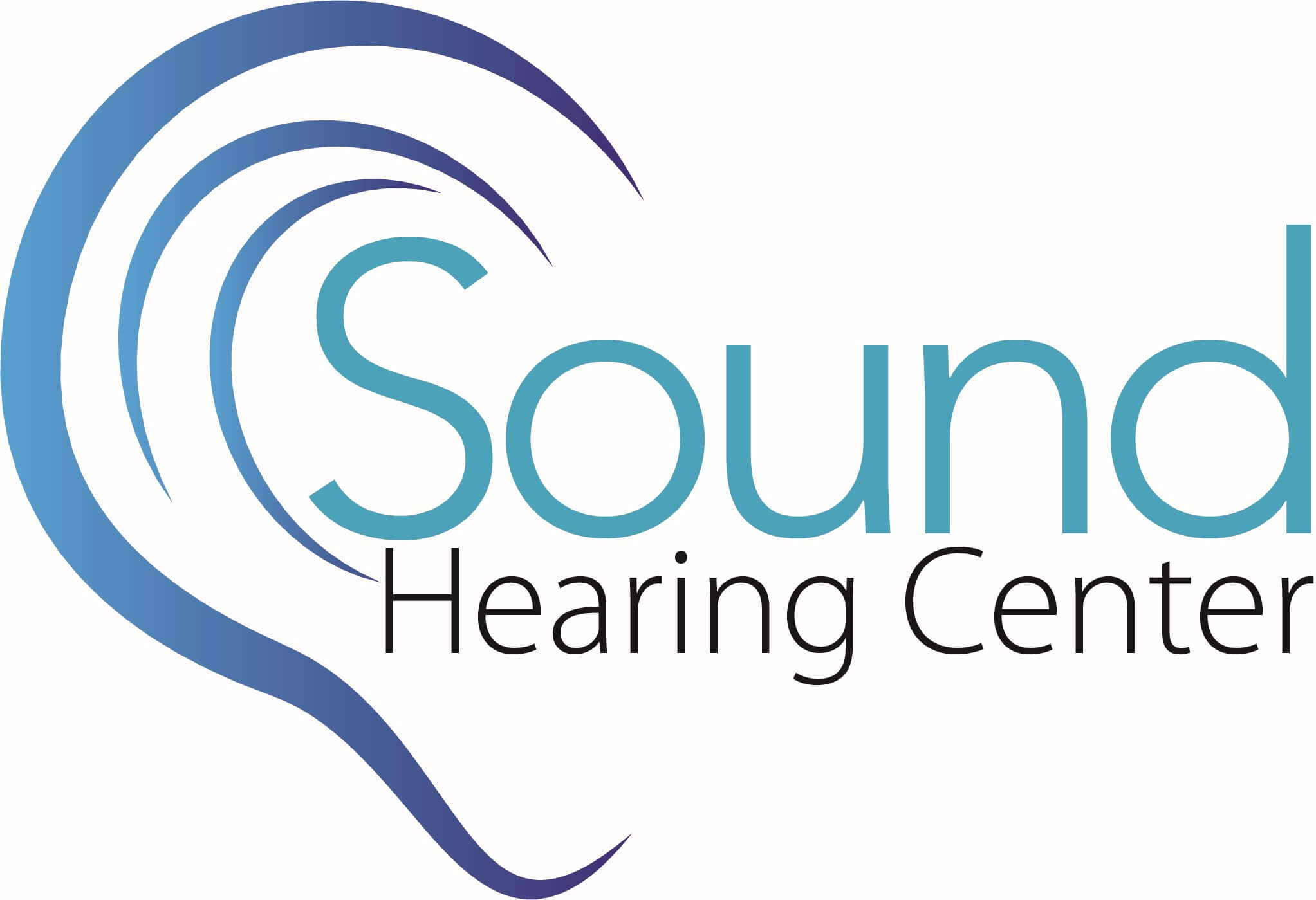Choosing the right hearing aid is an important step toward regaining your hearing and improving your quality of life. With a wide variety of options available, selecting the perfect hearing aid can seem overwhelming. That’s why we’re here to help.
Understanding the Different Types of Hearing Aids
Start by familiarizing yourself with the types of hearing aids on the market. Each type has its advantages and is designed to accommodate different types and degrees of hearing loss. Here are the most common types of hearing aids:
- Behind-The-Ear (BTE) Hearing Aids: These are worn behind the ear and are suitable for a wide range of hearing loss, from mild to severe. BTE hearing aids provide excellent sound quality and can accommodate additional features such as directional microphones and telecoil technology.
- In-The-Ear (ITE) Hearing Aids: These fill the outer portion of the ear and are custom-made to fit the shape of your ear. ITE hearing aids are available in two styles: full-shell, which sits snugly in the ear, and half-shell, which fills the lower portion of the outer ear. They are suitable for individuals with mild to severe hearing loss.
- In-The-Canal (ITC) and Completely-In-The-Canal (CIC) Hearing Aids: ITC and CIC hearing aids are smaller and more discreet, fitting partially or entirely inside the ear canal. These types are suitable for individuals with mild to moderate hearing loss. They offer a cosmetically appealing option while providing natural sound amplification.
- Receiver-in-Canal (RIC) Hearing Aids: RIC hearing aids are similar to BTE hearing aids but with the speaker or receiver located inside the ear canal. This design allows for a more natural sound experience and comfortable fit, while the device itself remains discreet behind the ear.
Factors to Consider When Choosing a Hearing Aid
Once you have a basic understanding of the different types of hearing aids, it’s time to consider a few more factors to help guide your decision-making process:
- Degree and Type of Hearing Loss: The severity and type of hearing loss play a significant role in determining the most appropriate hearing aid for your needs. A thorough hearing evaluation with a hearing care professional will help you learn more about your hearing loss.
- Lifestyle and Personal Preferences: Consider your lifestyle needs. Are you frequently in noisy settings, or do you spend most of your time in quiet environments? Communicate your preferences and daily activities to your hearing care professional to ensure the chosen hearing aid aligns with your lifestyle requirements.
- Budget and Insurance Coverage: Hearing aids vary in price, so establishing your budget before the selection process can help narrow down your options. Additionally, check with your insurance provider to determine if any coverage or reimbursement is available for hearing aids.
- Technology and Features: Hearing aids come with various technological advancements and features that can enhance your hearing experience. These include directional microphones, noise reduction, telecoil for improved phone use, connectivity to other devices such as smartphones or televisions, and rechargeability. Evaluate which features are important to you and align with your specific needs.
Tips for Choosing the Right Hearing Aid
Here are some practical tips to assist you in making the right choice:
- Seek Professional Guidance: Consult with an experienced hearing care professional who can assess your hearing needs, guide you through the selection process, and provide ongoing support.
- Try Different Models: When possible, try out different hearing aid models to get a feel for their fit, comfort, and sound quality. Some providers offer trial periods for prospective users to experience the benefits of specific hearing aids before committing to a purchase.
- Consider Your Communication Style: Reflect on how you prefer to communicate. If you frequently engage in phone conversations or find yourself in group settings, features like connectivity and speech enhancement are essential. Be sure to communicate these preferences to your hearing care professional.
- Think About Maintenance and Accessories: Inquire about the maintenance requirements for your chosen hearing aid. Consider factors such as battery replacement, cleaning supplies, and warranty coverage to ensure that you are prepared for ongoing care and support.
- Follow Up and Fine-Tuning: Understand that the process of adjusting to a new hearing aid may involve several follow-up appointments with your hearing care professional. These appointments allow for fine-tuning and customization of the device to ensure optimal performance and satisfaction.
Get Started Today
Visit us today for a hearing test and explore your hearing aid options!

